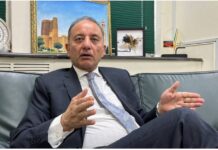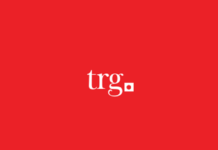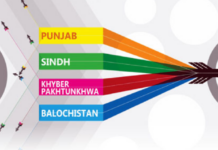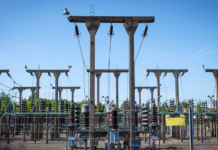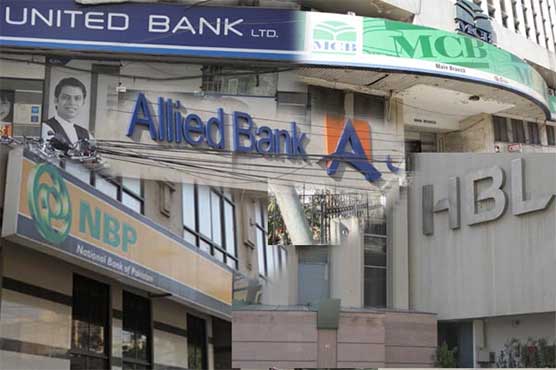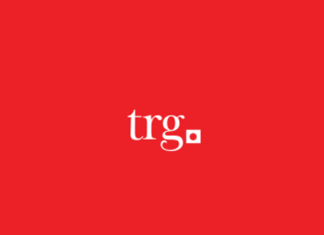KARACHI – Pakistan’s banking sector continued to show a conservative lending profile in June 2025, as the gross Advance-to-Deposit Ratio (ADR) dipped further to 38.1%, down from 39.8% in May and 40% in the same period last year, according to latest data released by brokerage house Arif Habib Limited (AHL).
The ADR decline of 172 basis points month-on-month and 186 basis points year-on-year reflects persistent caution among banks in extending private sector credit, despite signs of a gradual pickup in loan demand.
Meanwhile, the Investment-to-Deposit Ratio (IDR) also edged down to 103% in June 2025, from 105.8% in May. Still, on a year-on-year basis, the IDR increased by a significant 608 basis points, rising from 96.9% in June 2024. The data indicates that banks remain heavily invested in government securities amid relatively attractive yields, subdued private credit appetite, and lower risk-taking amid macroeconomic uncertainty.
Analysts suggest that banks have continued to prefer lending to the government through treasury instruments rather than extending private sector credit. This trend, which has persisted over the past two years, signals underlying concerns regarding credit risk, as well as the ongoing crowding out of private borrowers due to high government borrowing needs.
On the liquidity side, banking sector deposits saw robust growth, rising 14.1% year-on-year and 8.5% month-on-month to reach Rs35.5 trillion in June 2025. This expansion in deposit base is a positive indicator for financial intermediation and provides ample liquidity for further investments.
However, advances—representing loans extended by banks—registered a more moderate growth trajectory, reaching Rs13.5 trillion in June 2025, up 8.7% year-on-year and 3.8% month-on-month. The figures hint at a gradual recovery in credit demand, potentially linked to stabilising interest rates and improved macroeconomic sentiment.
At the same time, total investments by the banking sector surged 21.2% year-on-year, reaching Rs36.6 trillion in June 2025—outpacing both deposits and advances. This further reinforces the preference for low-risk, high-yield government debt instruments over commercial lending.
With the State Bank of Pakistan expected to maintain a cautious monetary stance, and fiscal needs remaining elevated, analysts foresee the high IDR trend continuing in the short term unless private sector sentiment rebounds more robustly.


